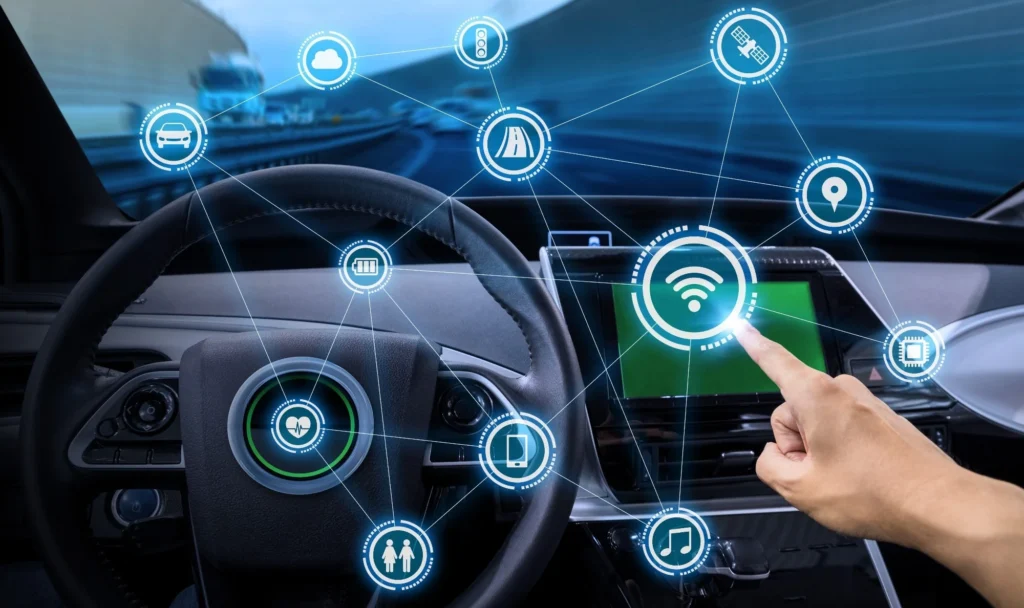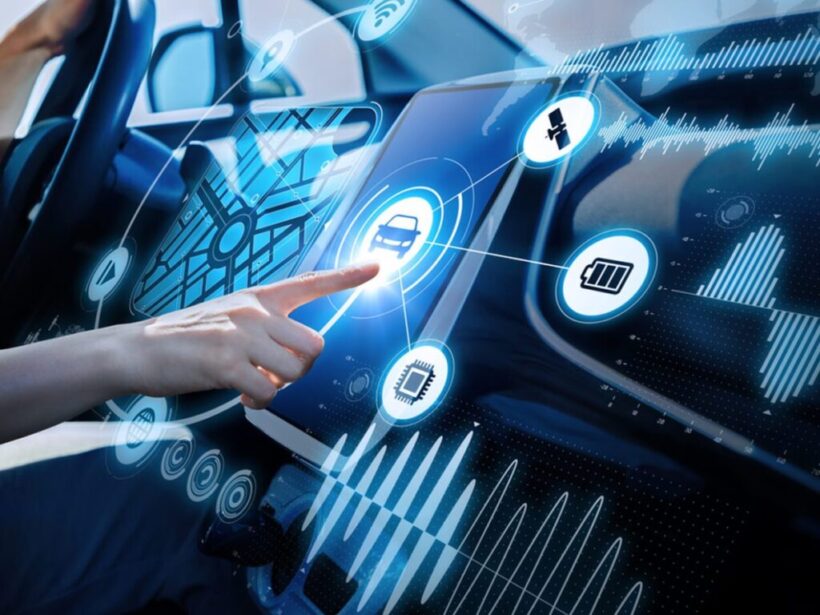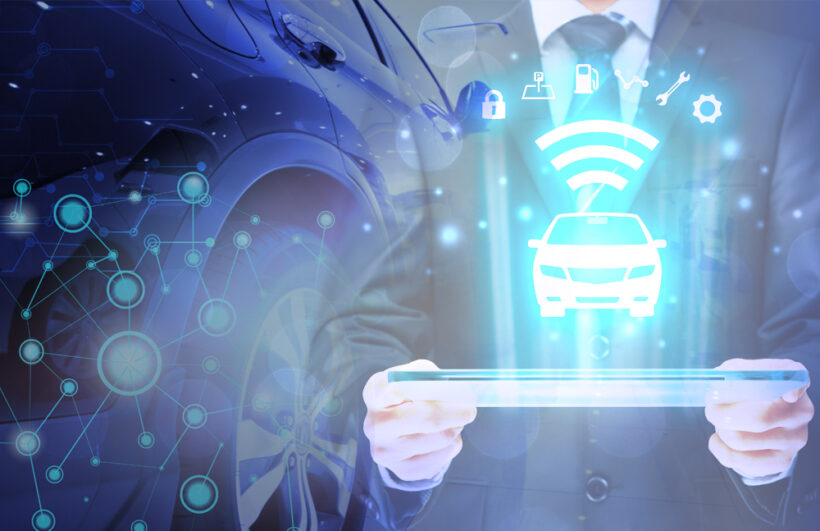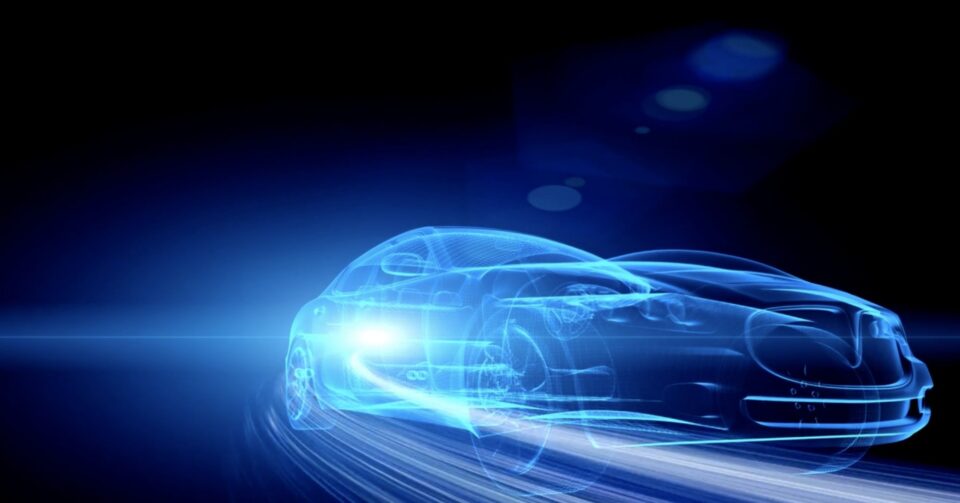The automotive industry is in the midst of a revolutionary transformation driven by the advent of connected cars, signaling a shift towards safer, more efficient, and intelligent driving experiences. This evolution is at the crossroads with the insurance sector, highlighting the growing significance of their intersection. This article delves into the implications of connected vehicles on the future of insurance and outlines how this synergy is recalibrating the auto coverage landscape.
I. Understanding Connected Cars:

Connected cars refer to vehicles equipped with advanced communication systems, enabling them to share data with external networks, other vehicles, and infrastructure. These vehicles are outfitted with a plethora of features, such as GPS navigation, real-time traffic information, vehicle-to-vehicle (V2V) communication, and capabilities for autonomous driving. This level of interconnectedness offers unprecedented opportunities for enhancing safety, driving efficiency, and the overall motoring experience.
II. The Impact on Insurance:

a. Usage-Based Insurance (UBI):
The ascent of Usage-Based Insurance (UBI) marks a significant paradigm shift in the insurance industry, spurred by the capabilities of connected cars. Whereas traditional insurance premiums were calculated based on generalized statistics and historical data, the real-time data harvested from connected cars allows for the customization of policies based on individual driving behaviors. Utilizing telematics data, such as speed, braking patterns, and driving habits, insurers can now assess risk with greater precision and tailor coverage accordingly.
b. Enhanced Safety and Risk Mitigation:
Connected cars contribute to improved safety via features like collision detection, lane departure alerts, and adaptive cruise control. The broader adoption of these technologies is anticipated to reduce both the frequency and severity of accidents. This, in turn, could lead insurers to offer reduced premiums to drivers of connected cars, reflecting the lower risk associated with the utilization of advanced safety features.
III. Challenges and Concerns:

a. Data Privacy and Security:
The influx of data generated by connected cars raises significant concerns regarding privacy and security. Insurers are tasked with navigating the fine line between leveraging valuable data for risk assessment and safeguarding the sensitive information of drivers. The establishment of stringent cybersecurity protocols and compliance with privacy regulations are paramount in fostering consumer trust.
b. Standardization and Interoperability:
As the automotive sector continues its trajectory of innovation, the standardization and interoperability of connected car technologies become increasingly critical. Insurers might encounter challenges in adapting to a variety of data formats and communication protocols. The development and adoption of industry standards are essential for ensuring a seamless integration of connected vehicles into the insurance ecosystem.
IV. Future Trends:

a. Integration with Autonomous Vehicles:
The ongoing advancement of autonomous vehicles introduces an additional layer of complexity to the interconnectedness of connected cars and insurance. As autonomous driving technology becomes more mainstream, insurers will be compelled to adjust their models to address the distinctive risks and liabilities associated with this burgeoning technology. Considerations include:
Liability Shift: In the realm of autonomous vehicles, the accountability for accidents may transition from the driver to the technology or software provider. Insurers will be required to devise new frameworks for determining liability and assigning coverage in the event of an accident involving an autonomous vehicle.
Data from Autonomous Systems: The telematics data derived from autonomous systems will play a crucial role in risk assessment. Insurers will need to delve into and analyze data pertaining to the vehicle’s decision-making processes, sensor inputs, and the performance of autonomous features to ascertain appropriate coverage.
Specialized Coverage for Autonomous Features: Insurers might introduce specialized coverage options tailored to the autonomous features of connected vehicles. This could encompass coverage for software malfunctions, cyber-attacks targeting autonomous systems, and technical failures in sensors and control mechanisms.
b. Partnerships and Collaborations:
To effectively navigate the evolving landscape of connected cars and insurance, forging partnerships between automakers, insurers, and technology providers becomes indispensable. Such collaborations can give rise to innovative solutions, facilitate the seamless integration of technologies, and foster a more comprehensive understanding of risk factors.
Data Sharing for Enhanced Risk Assessment: Collaborative efforts between automakers and insurers could involve the sharing of anonymized data from connected vehicles. This shared data can refine risk assessment models, enabling insurers to gain deeper insights into the safety and performance of specific vehicle models.
Integrated Services: Partnerships between insurance companies and technology providers could lead to the development of integrated services. For instance, insurers might collaborate with navigation and traffic management systems to provide drivers with real-time updates and personalized route suggestions.
Innovation in Coverage and Services: Collaborations with technology companies and startups have the potential to drive innovation in insurance coverage. Insurers could explore new types of coverage, such as on-demand insurance tailored to specific scenarios (e.g., short-term rentals of a connected car) or policies that adjust based on real-time driving behavior.
Standardization Efforts: The industry is likely to witness an increase in standardization efforts aimed at creating a more cohesive and interoperable environment for connected cars and insurance. Standardization can streamline data exchange and integration, benefiting both automakers and insurance providers.
c. Environmental and Social Considerations:
Environmental Impact: The future of connected cars may see a heightened focus on environmentally friendly driving practices. Insurers could offer incentives or discounts to drivers of connected electric vehicles, promoting sustainable choices.
Community and Social Impact: Insurers might utilize social and community-related data from connected cars to assess risk and determine insurance premiums. For example, a driver’s regular participation in community events or demonstrations of social responsibility could positively influence their insurance rates.
Dynamic Risk Assessment: Insurers could leverage real-time data from connected cars to dynamically assess risk based on various factors, including environmental conditions, road conditions, and the social context of the driving environment.
End Note

In conclusion, the intersection of connected cars and insurance is marked by dynamic and evolving trends. As technology continues to advance, insurers, automakers, and technology providers must collaborate and innovate to adapt to the changing landscape. This will ensure that insurance products remain relevant, flexible, and capable of addressing the unique challenges posed by the integration of connected and autonomous driving technologies.

